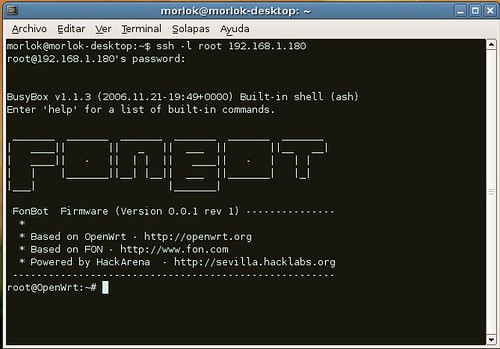Image Mosaicing for Tele-Reality Applications
While a large number of virtual reality applications, such as fluid flow analysis and molecular modeling, deal with simulated data, many newer applications attempt to recreate true reality as convincingly as possible. Building detailed models for such applications, which we call tele-reality, is a major bottleneck holding back their deployment. In this paper, we present techniques for automatically deriving realistic 2-D scenes and 3-D texture-mapped models from video sequences, which can help overcome this bottleneck. The fundamental technique we use is image mosaicing, i.e., the automatic alignment of multiple images into larger aggregates which are then used to represent portions of a 3-D scene. We begin with the easiest problems, those of flat scene and panoramic scene mosaicing, and progress to more complicated scenes, culminating in full 3-D models. We also present a number of novel applications based on tele-reality technology.

















